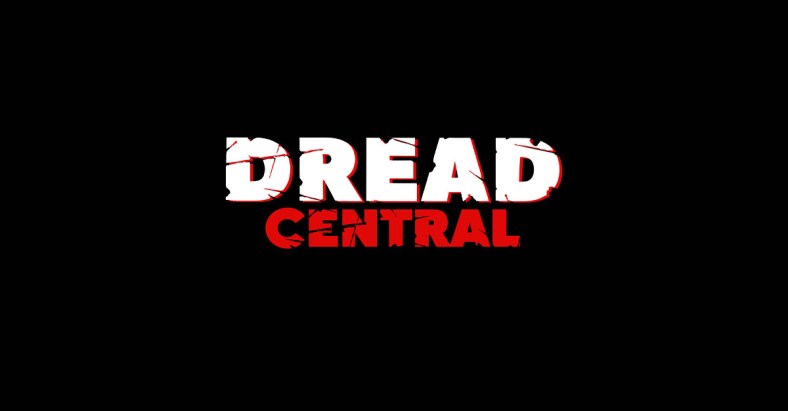‘Morbius’ Isn’t Your Father’s ‘Dracula’ Movie [Review]

With the worldwide success of Venom and its sequel Venom: Let There Be Carnage, it was inevitable that Sony would continue to expand on their weird and whimsical take on the Marvel universe. Morbius is next up, giving audiences a 90s inspired horror actioner that delivers on its promise to be ridiculously entertaining. Jared Leto’s take on The Joker in 2016’s Suicide Squad had the unenviable task of competing with iconic interpretations of the character. Playing the Living Vampire, Leto gets the benefit of introducing a Spider-man villain that’s never been seen in live-action before. Unfortunately, his performance and most of Morbius as a whole are layered in melodrama and CGI fakery.
A sickly Michael Morbius is on a worldwide hunt to find a cure for his rare blood disease. This journey leads him to the mouth of a bat cave where he learns the inherent health benefits of combining bat blood with human DNA (no COVID subtext here, by the way). Using artificial blood that Morbius has pioneered and combining it with a healthy balance of bat blood leads to a breakthrough with…unintended consequences.
His counterpart, Dr. Bancroft (Adria Arjona) does her best to protect Morbius’ secret, even after she winds up going from an idealized Mary Sue trope to the more familiar comic book cliché of Mary Jane. Morbius and his childhood friend suffer from the same affliction, which leads to an inevitable battle when Milo (Matt Smith) becomes public frenemy number one.
Following the same formula that came before is fine, that’s what an entire movie universe has been built on. Morbius, however, seems fine with barreling towards the end without delivering on the moments in-between that make that ending worthwhile. The chemistry between Leto and Smith is effective, mirroring the relationship between Peter Parker and Norman Osborn a.k.a The Green Goblin. But Morbius cashes in on the dramatic beats of better films that came before it, from Venom to Spider-Man: Far From Home.
There are some legitimate sequences of horror that harken back to the Universal Monsters, especially in an early transformation sequence. With so much bat imagery flapping around, nods to Batman could’ve been an easy cop-out. The shape-shifting from Leto into Morbius comes straight from the werewolf mythos, looking painful and exhilarating all at once.
Surprisingly, the decision to abandon prosthetics and rely on the latest visual effects winds up being the greatest strength of Morbius. The matches in lighting and the facial mapping technology are genuinely impressive. The only problem is an overreliance on CGI. Action beats showing Morbius discover his abilities give way to incoherent blurs across the screen. Aware of its own visual messiness, the overused slow-mo effect that we’ve all seen before rears its ugly head in nonsensical ways. Slow-motion should be used to show something we wouldn’t have seen otherwise. Here, it’s just thrown in because it’s worked in other movies, so, why not?
Morbius rushes into its finale at a fevered pace, only to circumnavigate it in favor of a post-credits sequence that, apparently, Marvel fans have been waiting for. The Sinister Six now have an infinite amount of possibilities thanks to the hole that ripped open in Far From Home. Therein lies the problem. Characters like Michael Morbius don’t have room to breathe when an entire universe is at stake. It’s exactly the movie you think it is and, for that, Morbius is a welcome introduction into a world that keeps expanding even when it shouldn’t.
-
Morbius
Summary
Morbius lives and dies by its visual effects that work, for the most part. In setting up future installments, it winds up falling victim to the inevitable sequel.

